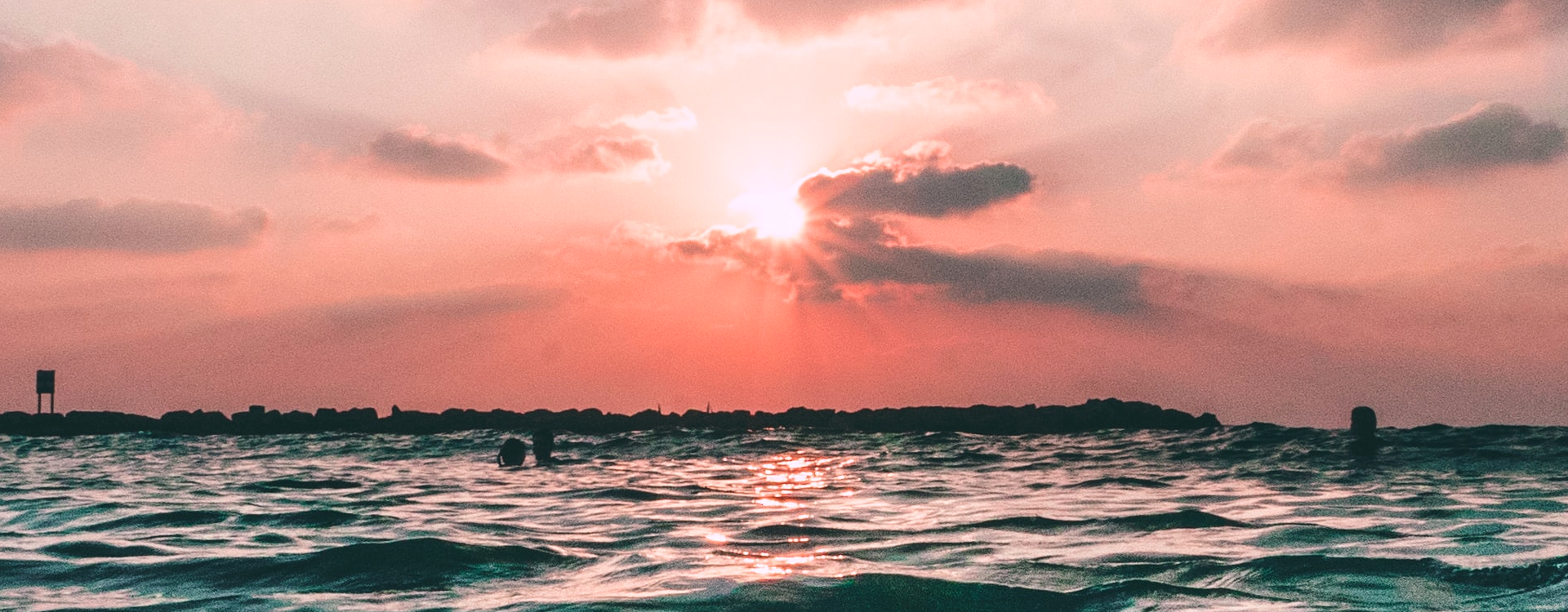For the majority of us here on these bastions before the end, the ocean is all we'll ever know. I know that there's land further out, and maybe an island or two will drift between the cities every century or so, but when it's all over? All that's left is the sea and the void.
The Finuhit Ocean is a large shallow ocean with ever-changing geographical boundaries. The sole constant is that it is north of the
World's Edge, and is drawn towards it via the
Current.
Geography
Only being 100 metres deep on average, the Finuhit Ocean is quite shallow. It is a temperate ocean, experiencing humid summers and mild winters, with a propensity for powerful storms during warmer months. It is bounded in the south by the World's Edge, in the east and west by various shifting continents throughout its history, and has no fixed end northwards.
Due to its inconstant nature, the ecosystem of the Finuhit has changed many times. It has always been home to many varieties of fish and seabirds, as well as crustaceans and anemones on the shallow sea floor. A long documented and well-known resident of the ocean are the
Falldiver birds, which catches fish that fall over the southern waterfall.
History
The Finuhit Ocean is present in the earliest records that survive, though the landscapes surrounding it were far different. It has presumably existed since long before that time, as the records in the
Laslin city of
Vilaen state it to have been built in that ocean during the preceding centuries.
Since that time, the ocean has been home to several cities which defy the ever-tugging current, though the number has changed as cities were constructed and fell. The most recent city to fall to the World's Edge was
Taufa in
3256.
Alternative Name(s)
Cualar Ocean, Eizeer Ocean
Which Ocean?
Due to the shifting of the landmasses that bound it in the east and west, there is some confusion as to whether the Finuhit as it currently exists can really be called the same Finuhit as was around during the early Vilaen records. Certainly, the waves of migrants from the continents over the centuries have distinguished a number of separate oceans over that time.
While these could all be considered one, unbroken ocean, it is generally agreed upon that "Finuhit" has referred to at least two different bodies of water, and possibly as many as seven.




Comments